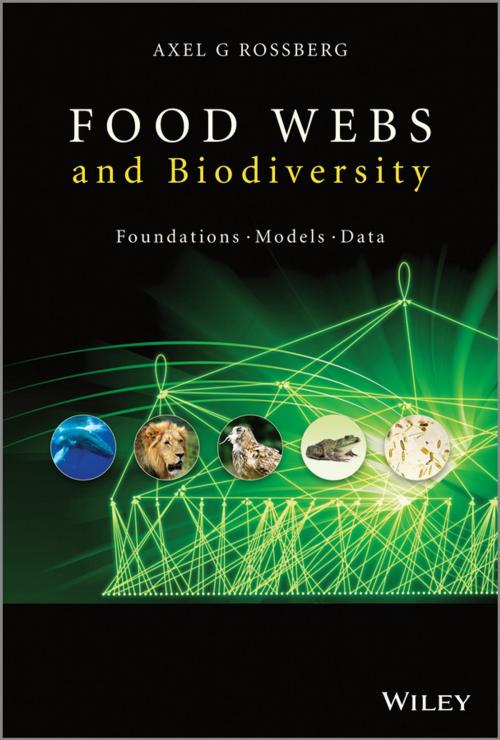Food Webs and Biodiversity
Foundations, Models, Data
Nonfiction, Science & Nature, Science, Biological Sciences, Ecology| Author: | Axel G. Rossberg | ISBN: | 9781118502174 |
| Publisher: | Wiley | Publication: | June 3, 2013 |
| Imprint: | Wiley | Language: | English |
| Author: | Axel G. Rossberg |
| ISBN: | 9781118502174 |
| Publisher: | Wiley |
| Publication: | June 3, 2013 |
| Imprint: | Wiley |
| Language: | English |
Food webs have now been addressed in empirical and theoretical research for more than 50 years. Yet, even elementary foundational issues are still hotly debated. One difficulty is that a multitude of processes need to be taken into account to understand the patterns found empirically in the structure of food webs and communities.
Food Webs and Biodiversity develops a fresh, comprehensive perspective on food webs. Mechanistic explanations for several known macroecological patterns are derived from a few fundamental concepts, which are quantitatively linked to field-observables. An argument is developed that food webs will often be the key to understanding patterns of biodiversity at community level.
Key Features:
- Predicts generic characteristics of ecological communities in invasion-extirpation equilibrium.
- Generalizes the theory of competition to food webs with arbitrary topologies.
- Presents a new, testable quantitative theory for the mechanisms determining species richness in food webs, and other new results.
- Written by an internationally respected expert in the field.
With global warming and other pressures on ecosystems rising, understanding and protecting biodiversity is a cause of international concern. This highly topical book will be of interest to a wide ranging audience, including not only graduate students and practitioners in community and conservation ecology but also the complex-systems research community as well as mathematicians and physicists interested in the theory of networks.
"This is a comprehensive work outlining a large array of very novel and potentially game-changing ideas in food web ecology."
—Ken Haste Andersen, Technical University of Denmark
"I believe that this will be a landmark book in community ecology … it presents a well-established and consistent mathematical theory of food-webs. It is testable in many ways and the author finds remarkable agreements between predictions and reality."
*—*Géza Meszéna, Eötvös University, Budapest
Food webs have now been addressed in empirical and theoretical research for more than 50 years. Yet, even elementary foundational issues are still hotly debated. One difficulty is that a multitude of processes need to be taken into account to understand the patterns found empirically in the structure of food webs and communities.
Food Webs and Biodiversity develops a fresh, comprehensive perspective on food webs. Mechanistic explanations for several known macroecological patterns are derived from a few fundamental concepts, which are quantitatively linked to field-observables. An argument is developed that food webs will often be the key to understanding patterns of biodiversity at community level.
Key Features:
- Predicts generic characteristics of ecological communities in invasion-extirpation equilibrium.
- Generalizes the theory of competition to food webs with arbitrary topologies.
- Presents a new, testable quantitative theory for the mechanisms determining species richness in food webs, and other new results.
- Written by an internationally respected expert in the field.
With global warming and other pressures on ecosystems rising, understanding and protecting biodiversity is a cause of international concern. This highly topical book will be of interest to a wide ranging audience, including not only graduate students and practitioners in community and conservation ecology but also the complex-systems research community as well as mathematicians and physicists interested in the theory of networks.
"This is a comprehensive work outlining a large array of very novel and potentially game-changing ideas in food web ecology."
—Ken Haste Andersen, Technical University of Denmark
"I believe that this will be a landmark book in community ecology … it presents a well-established and consistent mathematical theory of food-webs. It is testable in many ways and the author finds remarkable agreements between predictions and reality."
*—*Géza Meszéna, Eötvös University, Budapest















